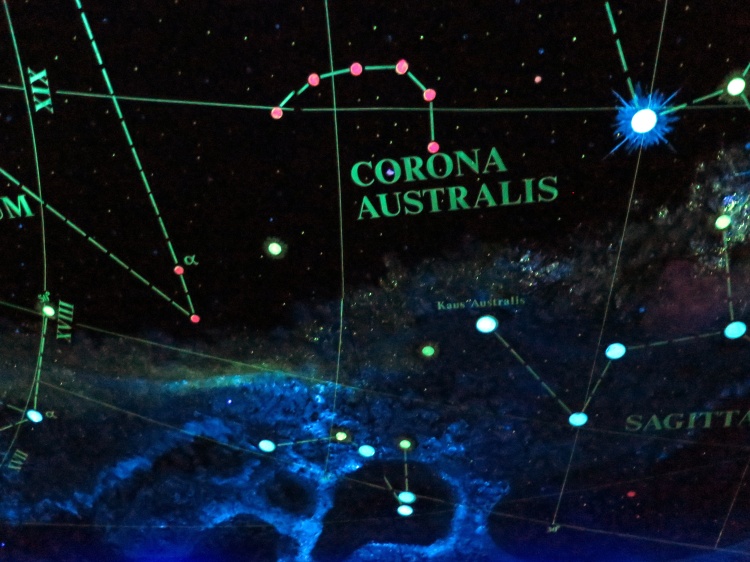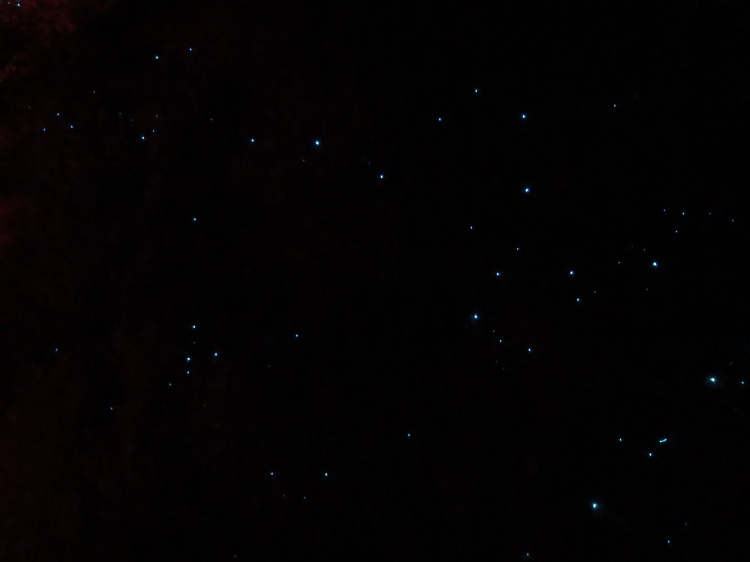
The best friends in life are those that challenge you to be more than you are already. This is the first post on this blog, answering a challenge from two of my closest friends to lay out plans for a future not yet possible: long-term space travel to other worlds and planetary systems. For this future, we’ll need not only dramatic advances in not only mechanical and energy technologies, but also biological technologies that will support our survival in space. As someone with a PhD from synthetic biology, where we are beginning to engineer life as we can imagine it, I’m going to build a company that will create these technologies.
This blog is part of that: I will using it to discuss biological research breakthroughs and how they can be applied to help humanity achieve long-term space travel. Below is the rest, a 10-year plan for the future.
My ten year plan to move from PhD in biology to CEO of a biotechnology company enabling space travel breaks down into three parts: developing business understanding, building startup-related expertise and connections, and identifying problems in space travel that can be addressed with biotechnology. Starting in 2018, I will develop business understanding through my consulting work at ClearView Healthcare Partners. I will focus on working with startup clients for medical and microbiome applications, building my connections and expertise in running a startup. After I settle into my consulting role, I will start research projects in a local DIY bio laboratory to maintain a hand in research connect with talented new researchers.
In 2020, with a perfected view of what we need to make living in space a reality, I will harness my expertise and connections to launch TerraForma, a company that creates biotechnologies for space travel. TerraForma will initiate with two branches of projects: “sure bet” projects with a high likelihood of success and applications to non-space travel (e.g., medical supply and storage), and “big play” projects that are riskier but solve problems essential for surviving in space (e.g., fuel and materials production, self-recycling miniature ecosystems). We will begin with one project in each branch, and expand our project number as our research capacity and funding grows. Revenue will initially come from grants and angel investors, and will switch to licensing for developed technologies and patented innovations within 5 years.
By 2022, the year Elon Musk plans to send humans to Mars, we will have our first commercial technology from a “sure bet” project completed and fully tested on the International Space Station or a private spacecraft. By 2025, TerraForma will bring its first “big play” project to fruition, creating a microbial community capable of either sustained resource production from minimal inputs or a self-sustaining microbial ecosystem that can support animal life. And in 2027, the first of our ‘big play’ projects will be available in spacecraft as a primary support system for human life in space. Past the first 10 years, TerraForma will work to create several self-sustaining biological systems onboard spacecraft, with the ultimate goal of enabling indefinite space travel and making us an intergalactic species.
This blog will stay quiet for a while, as I finish the last six months of a yearlong trip to circumnavigate the globe. That journey is being detailed here.

yesss!!!
LikeLike
Fantastic!
LikeLike